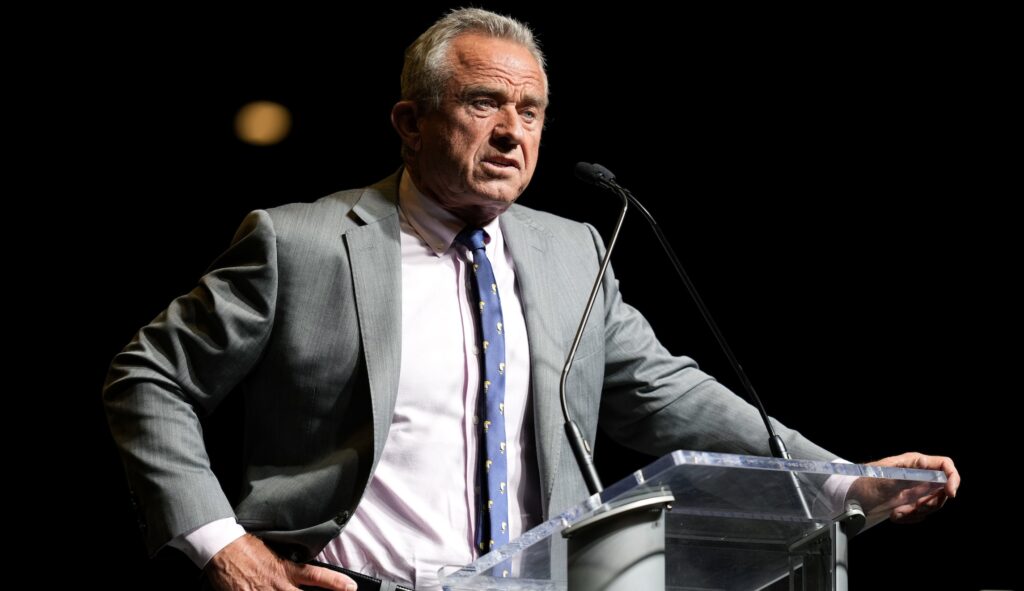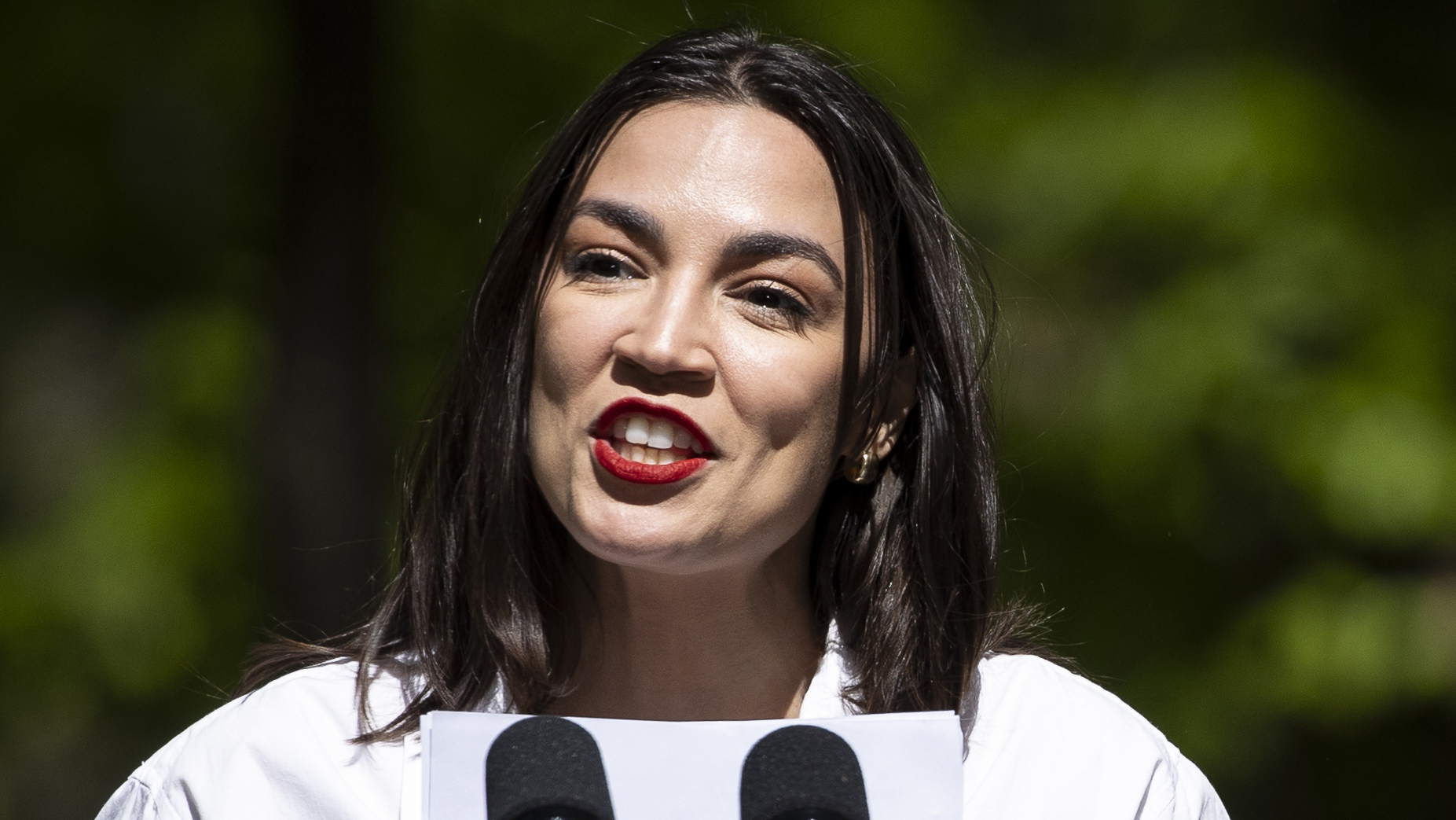Inflation surged to 3.2% in February, hindering Fed’s rate cut intentions
Inflation Surges to 3.2%, Posing Challenges for the Federal Reserve
The Bureau of Labor Statistics revealed a surprising increase in inflation, reaching 3.2% for the year ending in February. This unexpected development could potentially hinder the Federal Reserve’s plans to reduce interest rates in the upcoming months.
This rise in inflation also presents a setback for President Joe Biden, who recently highlighted the decline in inflation during his State of the Union address.
Over the past two years, the Federal Reserve has been actively working to lower inflation by raising interest rates. However, the reported uptick in inflation on Tuesday has made it less certain when the Fed will begin implementing rate cuts.
On a monthly basis, inflation rose by 0.4%, aligning with projections.
Core Inflation and the Fed’s Efforts
Core inflation, which excludes the volatile categories of food and energy, decreased by a tenth of a percentage point to 3.8% for the year ending in February. Overall, core inflation has been on a downward trend over the past year, indicating that the Fed’s tightening measures are effective.
Although inflation has significantly decreased from its peak of 9% in June 2022, it still remains higher than the Fed’s preferred level of 2%.
Factors and Perspectives on Inflation
Inflation has been attributed to various factors on both the supply and demand sides. Republicans generally attribute inflation to the surge in stimulus spending during the pandemic, combined with extremely low interest rates. Democrats, on the other hand, emphasize supply-side issues and note that inflation has increased not only in the United States but also in other Western countries.
There is renewed hope that the Fed will achieve a “soft landing,” where inflation significantly decreases to a healthy level without causing a recession in the broader economy.
While the Fed’s monetary policy committee predicts three rate cuts this year, some investors are speculating that officials may go even further, according to the CME Group’s FedWatch tool.
The likelihood of the Fed shifting towards interest rate cuts has changed significantly in recent months. Initially, many investors expected the first rate cut to occur at the Fed’s March meeting, but now it appears more likely to happen in June or even July.
Market Expectations and Labor Market Performance
The markets are eagerly anticipating rate cuts as they tend to boost the stock market, which has remained strong despite the higher interest rate environment. The S&P 500 has recently reached record all-time highs.
The labor market has provided some flexibility for the Fed in its fight against inflation. In February, the economy surpassed expectations by adding 275,000 jobs, indicating that the labor market is maintaining momentum early in the year. Although the unemployment rate rose slightly to 3.9%, it remains historically low.
During his State of the Union speech, President Biden highlighted the job growth, boasting positive monthly gains for over three years.
“I inherited an economy on the brink,” Biden declared to Congress. “Now our economy is the envy of the world! We’ve created 15 million new jobs in just three years — a record! Unemployment is at its lowest point in 50 years.”
CLICK HERE TO READ MORE FROM THE WASHINGTON EXAMINER
How does the argument that excess demand created by C is contributing to inflation align with the Democrats’ view on supply chain disruptions and labor shortages as its primary drivers?
C, which they argue has created excess demand in the economy. Democrats, on the other hand, point to supply chain disruptions and labor shortages as the primary drivers of inflation.
The recent surge in inflation can be partly attributed to rising energy prices, with gasoline prices increasing by 6.3% in February alone. Additionally, housing costs have also been on the rise, contributing to the overall increase in inflation.
The Fed’s response to this inflation surge poses a challenge for the central bank. The Fed has been working towards achieving its dual mandate of maximum employment and stable prices. While inflation remains above its target level, the Fed faces the dilemma of whether to raise interest rates to cool down the economy and curb inflation or to continue with its accommodative monetary policy to support economic growth.
Raising interest rates too soon and too aggressively could potentially derail the economic recovery and impede job growth. Conversely, delaying rate hikes for too long could risk inflation becoming more persistent and harder to control. The Fed finds itself in a delicate balancing act, weighing the risks and benefits of its policy decisions.
The market reaction to the inflation news has been mixed. Stocks initially dropped in response to the higher inflation numbers, as investors anticipated tighter monetary policy. However, bond yields also rose, reflecting concerns about inflation eroding the value of future fixed income payments.
Moving forward, the Fed will closely monitor economic indicators and inflation data to assess the appropriate timing and pace of interest rate adjustments. The central bank’s decision will have significant implications not only for financial markets but also for businesses and consumers.
President Biden’s administration is also closely monitoring the inflation situation, as it could affect the implementation of their policy agenda. Higher inflation could put pressure on the government to scale back on its spending plans, which include infrastructure investments and social programs.
In conclusion, the unexpected surge in inflation presents challenges for the Federal Reserve and the Biden administration. The Fed must carefully navigate the path ahead, considering the risks of tightening too soon or delaying action for too long. The outcome will have far-reaching implications for the economy, job market, and overall financial stability.
" Conservative News Daily does not always share or support the views and opinions expressed here; they are just those of the writer."





